WIP Wednesday: Sloane's Cozy Classic Raglan

I am, uh, not as fast a knitter as Meghan is, so while she's already (spoiler alert) DONE with her beautiful Kuffel, I'm still plugging away at my Cozy Classic Raglan. But I'm past what is, for me, the hardest point in any top down sweater—the last few rounds before the sleeve separation point—and cooking along into the body. As I planned, I checked in on the fit after I separated the sleeves, and (surprise surprise) I'm making a few adjustments to how I work the body.
When I tried on my sweater after I separated the sleeves—which is always a little hazardous, because it’s not been blocked—and while I really liked the way it ended up fitting, it’s a bit more fitted through the yoke than I’d originally planned. (Helpfully, though, it ended up quite close to my favorite RTW raglan sweater). So, since that more-fitted-at-the-bust state of affairs isn't gonna cut it across my hips, I used that same favorite RTW sweater as a model for how I wanted to craft some A-line increases through the body of the sweater. Fortunately, this is super straightforward math, and one of the easiest ways to modify a sweater.
Here’s how the math works out:
- I want my sweater to be about 4-5” bigger at the hips than the bust. I know from measuring my RTW role model that I’m aiming for about 14” of length from the underarm to the hem, and I know I want about 2-3” of ribbing. To stabilize the yoke after the separation, I’m going to knit 1” even after the separation round, so this leaves me with approximately 10” of sweater in which to work my increases.
- At my actual, blocked round gauge, I’m getting about 7 rounds to the inch, so my 10” of available shaping space will give me 70 rounds in which to work my increases. My blocked gauge is something like 4.75-5 sts to the inch (which is a little tighter than the 4.5 sts called for in the pattern), so if I’m trying to increase 4-5” around the body of the sweater, I’m hoping to add somewhere between 19 and 25 sts to the body of the sweater over those 70 rounds (inconveniently, neither of those numbers are even or multiples of 4, so, I’m going to have to pick somewhere in that range). Since my sweater’s been generally coming out a little tighter than my swatch, I’m going to err on the side of caution and pick the top end, aiming to add 24 sts to the body circumference of my sweater along the body (note: I need a multiple of 4 because I’m going to be working 2 increases on the front and 2 on the back each time I work an increase round).
- So, how am I going to space those increases? I’m working 24 increases in sets of 4, so I’ve got 6 sets of increases to work. Assuming I work one on the first available round, and then I want at least one even round after that, I’ve now got 68 rounds to work the remaining 5 increases. This works out to one set of increases every 13.6 rounds, which is neither feasible nor convenient, so I’ll round down (to ensure I don’t run out of space) and work an increase set every 12 rounds as I work my way down the body.
- Now, where do I want to put them within the round? I’d like to add width to the sweater where there’s added width to my body, so I don’t necessarily want to just park the increases where the imaginary side seams are. Instead, I’m going to create something like virtual princess seams, which you may be familiar with from sewing. Ideally, I’ll divide the back of my sweater into 3rds, and the front into 4ths, placing the back shaping at 1/3 and 2/3 of the way across the back, and the front at the 1/4 and 3/4 lines. Because the BOR for this sweater is in the middle of the back, I’ll count my way around and place markers where I want my increases, and then just increase to the outside of these markers every 12 rounds—so I'll work across to the first marker on the back, then work an increase, work an increase right before the first front marker, then work an increase right after the second front marker, and right before the second back marker, before continuing to the BOR.

(I'm obsessed with this tidy line of lifted increases, btw...)
I'm loving the texture of my Weld+ LBA Mohair combination, and the beautiful dusk-pink shade the two yarns produce together. The resulting fabric feels warm and light, and perfect for the northern California weather. I'm squeezing in rounds between answering emails and attempting to homeschool the kiddos, but I can't wait to wear the finished sweater!
What are you knitting while social distancing?
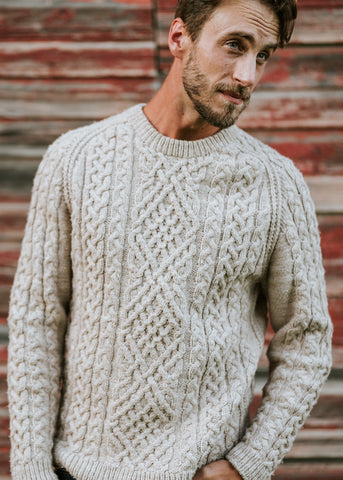
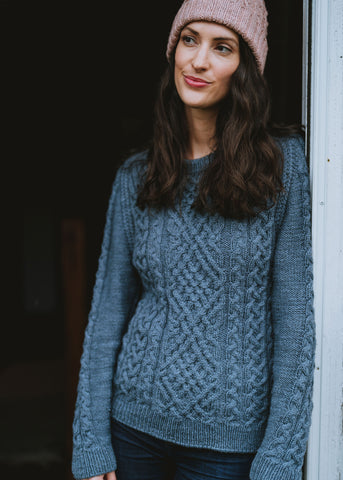
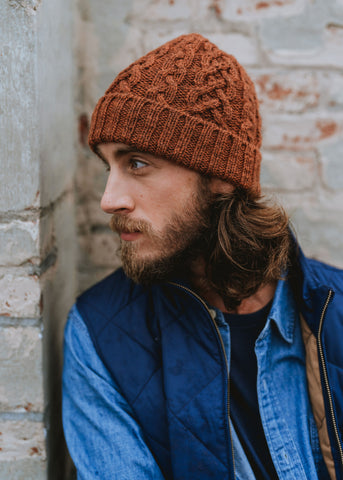
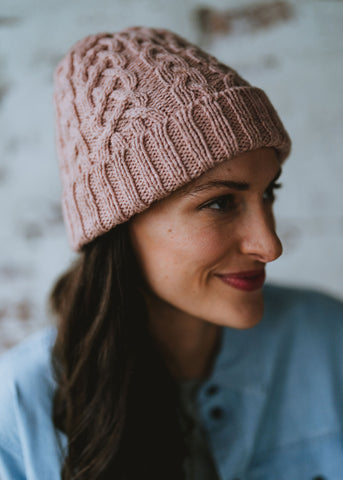
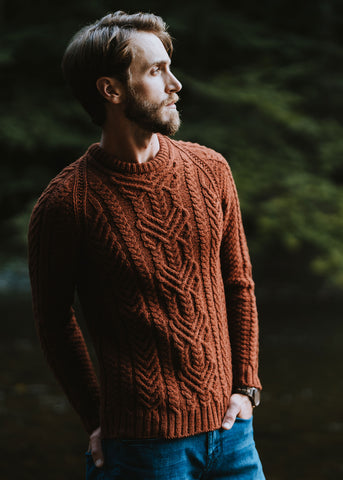
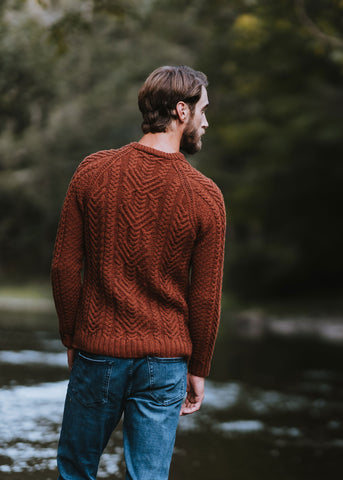



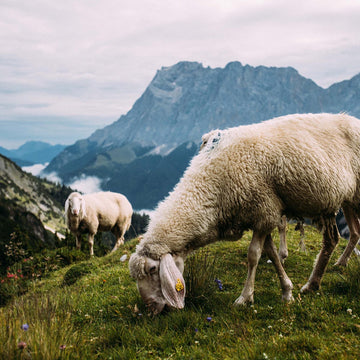
Sydney – Ledger Nano Hack (Lost $327,000 AUD)
I’ve always been security-obsessed. Ledger Nano X, 2FA, everything.
But in Sydney, scammers are getting smarter than ever…
I clicked a fake Ledger firmware update email (God, I hate myself for this). Within hours, $327k worth of ETH and USDT drained from my wallet. Ledger support told me, “Sorry, blockchain transactions are irreversible.”
I couldn’t sleep for days.
Then I found Bitreclaim.com. Their smart contract audit lead explained what happened:
address poisoning + signature replay attack on the ERC-20 network.
They told me to gather all hashes, addresses, and screenshots and open a case with their 24/7 support team.
Their blockchain forensic report traced the phishing wallet through five tumblers and two cross-chain bridges. It took 11 days, but on October 3rd, they isolated and detached 5.1 BTC equivalent straight into my cold wallet.
Bitreclaim saved my financial life.
Scams involving cryptocurrencies can take many different forms and are designed to trick individuals into participating in fraudulent operations. Ponzi schemes promise low risk and large profits. Scammers exploit this oversight gap by crafting complex cryptocurrency schemes that prey on those who want to invest in cryptocurrencies without fully comprehending the risks involved. I have also fallen victim to one of these scams. I previously lost $95,800, but thanks to wizardlarry@mail.com, I was able to successfully retrieve all of my cryptocurrencies.
It can be found at www.wizardlarryrecovery.com.
Scams involving cryptocurrencies can take many different forms and are designed to trick individuals into participating in fraudulent operations. Ponzi schemes promise low risk and large profits. Scammers exploit this oversight gap by crafting complex cryptocurrency schemes that prey on those who want to invest in cryptocurrencies without fully comprehending the risks involved. I have also fallen victim to one of these scams. I previously lost $95,800, but thanks to wizardlarry@mail.com, I was able to successfully retrieve all of my cryptocurrencies.
It can be found at www.wizardlarryrecovery.com.
contact us on +2349017887682 or illumnatib53@gmail.com
Are you a business man, or woman,are you a pastor
or an artist,, do you want to be famous or you want
to be rich or powerful, it is better you become a
member of Illuminati and make your dream come
true . this is the chance for you now to become a
member of the temple KINGDOM and get what you
seek from us.if you are ready to become a member
of Illuminati and realize your dream then-: whatsapp
us or email
illumnatib53@gmail.com
fill in the following as well-:
NAME………………..
NEXT OF KIN……………….
ADDRESS……………..
MARITAL STATUS………….
COUNTRY………
STATE………………
OCCUPATION…………….
MOBILE LINE…………
A NEW MEMBER WILL GIVEN THE SUM OF
120MILLION DOLLARS, A CAR AND A HOUSE IN ANY
PART OF THE WORLD. NOTE: WE ARE NOT FORCING
ANYBODY FOR THIS. IF YOU ARE NOT INTERESTED
PLEASE DON’T APPLY